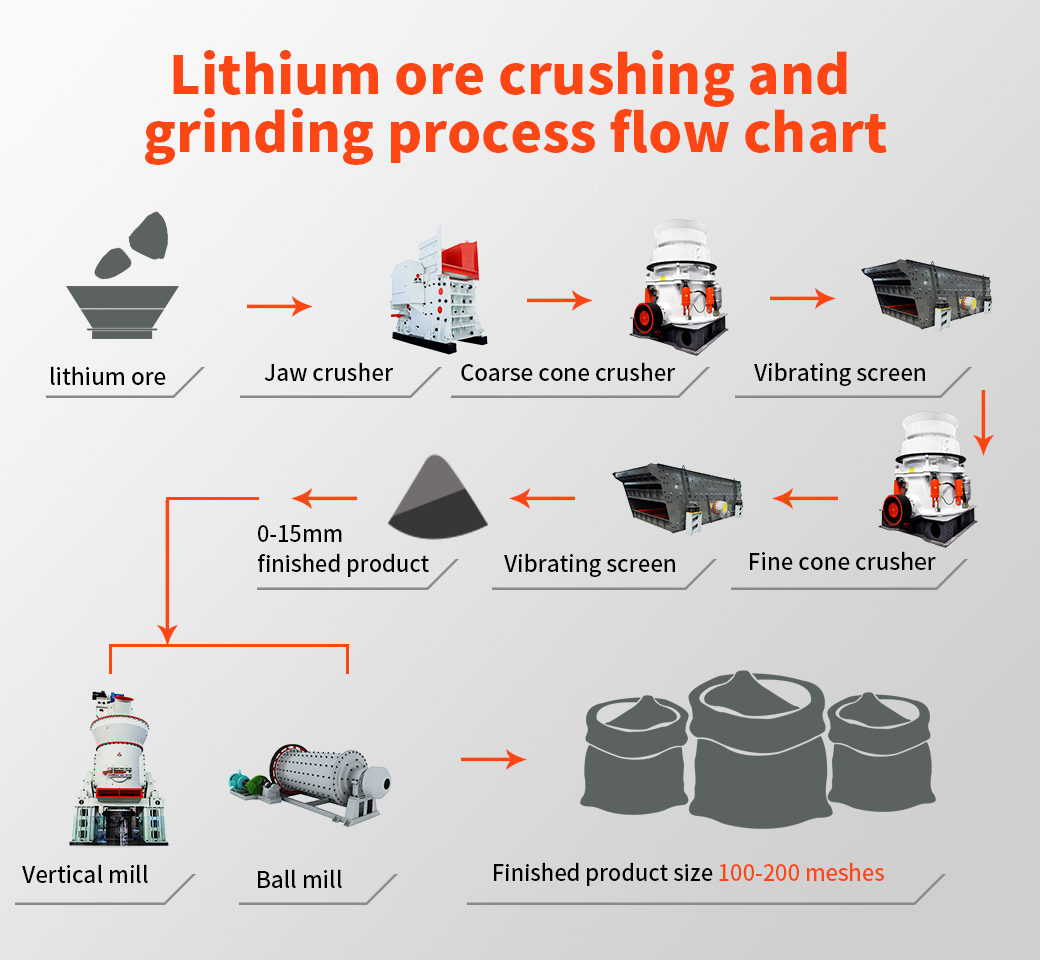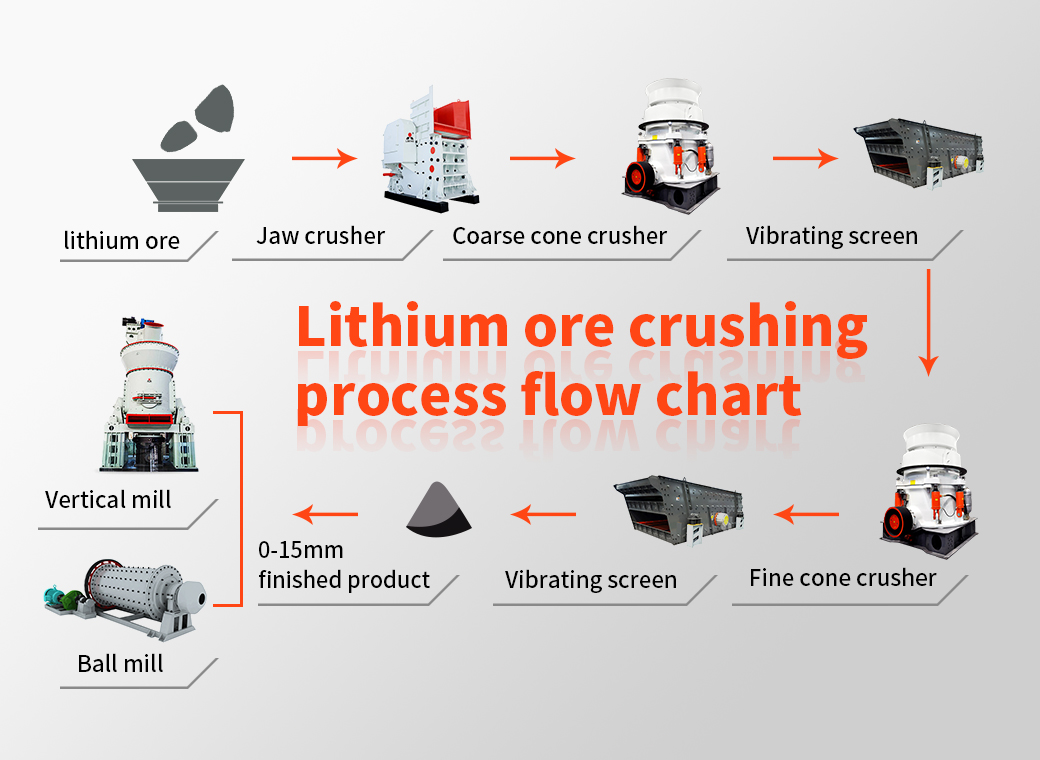The ball mill is supported on the main bearing through the hollow shafts at both ends. Among the two hollow journals, one can be axially extended and retracted on the main bearing, and the other is fixed. Since the gear drive of the ball mill will generate centripetal force, a hollow journal is designed with two shoulders, and the distance between the shoulders is exactly equal to the length of the bearing bush to prevent axial movement.
 The other hollow journal does not have a shoulder, and its length is about 5mm-25mm greater than the length of the bearing bush. When the cylinder is elongated due to heat or the cylinder is deflected due to the load, it can freely expand and contract within a certain range. Generally, the journal near the transmission gear ring is selected as a fixed hollow journal. The hollow journal is equipped with a conical bushing 9 and a bearing bushing 10, and the cooperation between the hollow journal and the inner sleeve is required to be tight, and necessary seals are applied. In order to make the slurry surface in the ball mill have a certain inclination, the inner diameter of the hollow journal at the discharge end is slightly larger than the inner diameter of the hollow journal at the feed end. The inner surface of the hollow journal can be a smooth surface or with a helical blade to transport the material, and the reverse helical blade of the hollow shaft diameter at the discharge end can return the coarse material and prevent the ball from running out.
The other hollow journal does not have a shoulder, and its length is about 5mm-25mm greater than the length of the bearing bush. When the cylinder is elongated due to heat or the cylinder is deflected due to the load, it can freely expand and contract within a certain range. Generally, the journal near the transmission gear ring is selected as a fixed hollow journal. The hollow journal is equipped with a conical bushing 9 and a bearing bushing 10, and the cooperation between the hollow journal and the inner sleeve is required to be tight, and necessary seals are applied. In order to make the slurry surface in the ball mill have a certain inclination, the inner diameter of the hollow journal at the discharge end is slightly larger than the inner diameter of the hollow journal at the feed end. The inner surface of the hollow journal can be a smooth surface or with a helical blade to transport the material, and the reverse helical blade of the hollow shaft diameter at the discharge end can return the coarse material and prevent the ball from running out.





 Spodumene: According to the hard rock crushing process, the crushed product is generally 5-40mm, combined with different design requirements of customers, two-end or three-stage crushing, high-grade crushed products (above 4-5%) can be directly used in the metallurgical process to produce lithium carbonate Or lithium hydroxide, the particle size of the finished product is generally around 20-40mm; low-grade generally requires ball mill grinding and separation, and the particle size of the finished product is generally around 5-20mm;
Spodumene: According to the hard rock crushing process, the crushed product is generally 5-40mm, combined with different design requirements of customers, two-end or three-stage crushing, high-grade crushed products (above 4-5%) can be directly used in the metallurgical process to produce lithium carbonate Or lithium hydroxide, the particle size of the finished product is generally around 20-40mm; low-grade generally requires ball mill grinding and separation, and the particle size of the finished product is generally around 5-20mm;
